Recommended Science of Reading books
The science of reading is the body of research that has been conducted on how we learn to read and write. This research has been conducted over decades, but only recently has much of it been introduced to today’s classroom teachers.
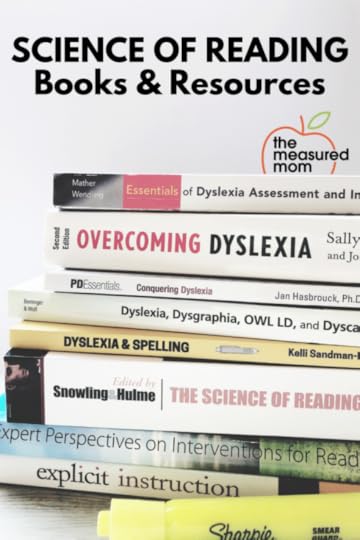
It’s important to note that as more research is conducted, we may need to revise our previous understandings. In addition, there is disagreement when it comes to translational science: how to apply this science to day-to-day teaching.
I say this to let you know that while I recommend all of these books, the authors do not agree with each other on all points.
Enjoy studying them for yourself!
*This list will continue to grow as I complete particular books. While I have read portions of countless books, I am choosing to include only the books I have read in their entirety.
I hope you will share this post with others on their science of reading journey!
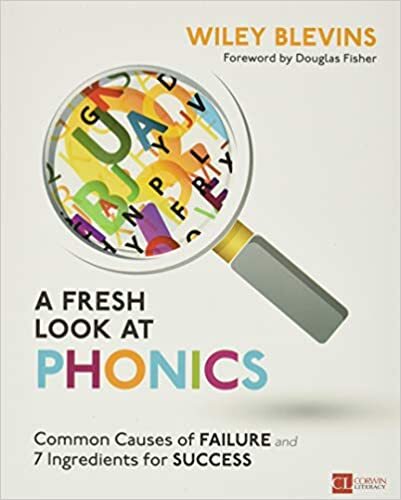
A Fresh Look at Phonics
Wiley Blevins
I recommend Blevins’ books every chance I get, and when I see he’s published a new one I buy it immediately. They are all easy to read and incredibly practical – yet still building on the science of reading. In this book WIley uses the data he’s collected to show which phonics approaches really work. Learn activities, routines, and lesson formats that will make your phonics lessons both engaging and powerful.
Anna’s overall rating
Easy to read
Easy to apply
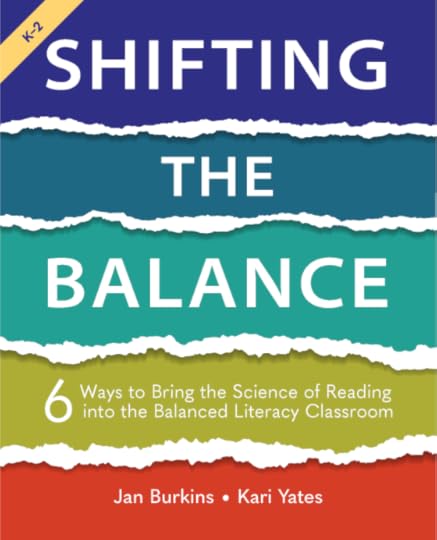
Shifting the Balance
Jan Burkins & Kari Yates
This is the book for balanced literacy teachers who want to learn about the science of reading. Burkins and Yates tell encourage them to can begin their science of reading journey by making six shifts in how they approach beginning reading instruction.
For those passionate about the science of reading, this book will be too simple and not go far enough. But for those starting out, it’s the ideal first step.
Anna’s overall rating
easy to read
easy to apply
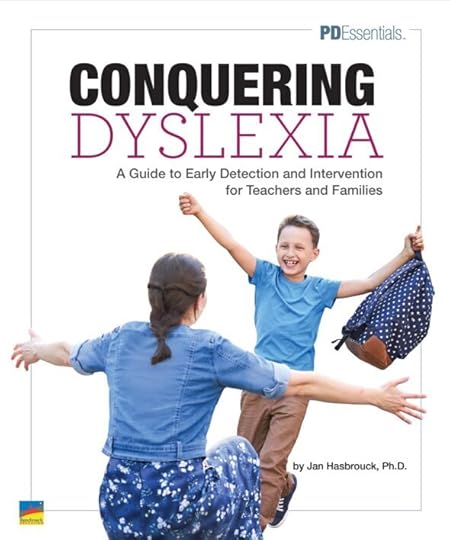
Conquering Dyslexia
Jan Hasbrouck, Ph.D.
As both an experienced researcher and the mother of a daughter with severe dyslexia, Hasbrouck writes in a relatable and practical way. She writes about the signs of dyslexia, how to get a diagnosis, and how to teach students with dyslexia. I find myself referring to this book again and again … such an accessible read!
Anna’s overall rating
Easy to read
Easy to apply
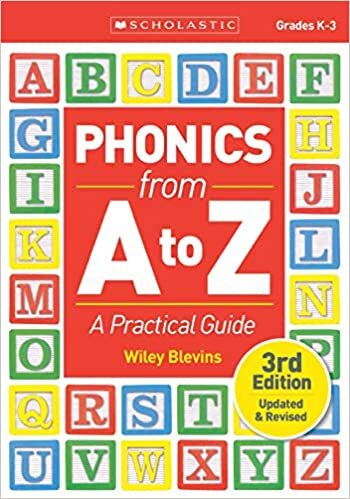
Phonics from A to Z
Wiley Blevins
True story: I jumped out of my seat when reading this book because my website is referenced on page 40 (just to mention my big list of alphabet books, but still). This is a book you’ll reference over and over because it includes word lists, powerful instructional routines, and sections about teaching phonics to struggling readers and English learners. It’s a classic that every reading teacher should own!
Anna’s overall rating
Easy to read
Easy to apply
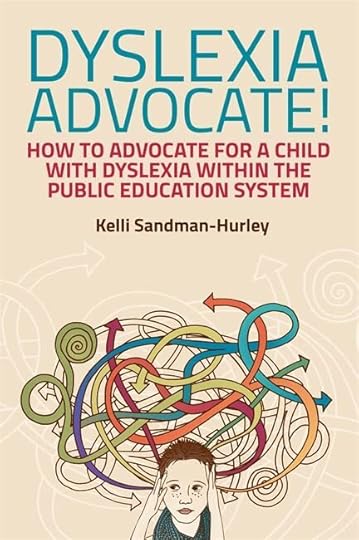
Dyslexia Advocate!
Kelli Sandman-Hurley
This book will tell you exactly what to do if you suspect your child or student has dyslexia. You’ll learn how to apply the IDEA (Individual with Disabilities Education Act), how to prepare for an IEP meeting, and a whole lot more. A must-own for teachers and parents of children with dyslexia!
Anna’s overall rating
Easy to read
Easy to apply
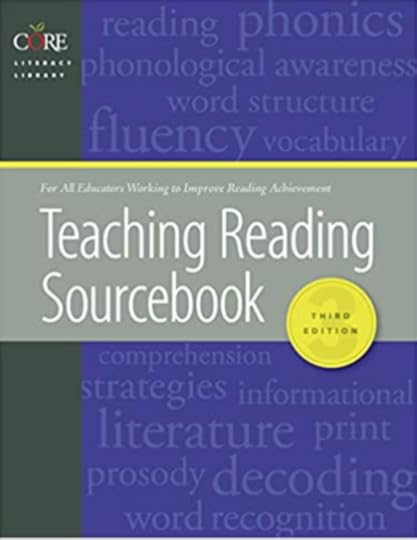
Teaching Reading Sourcebook
Bill Honig, Linda Diamond, Linda Gutlohn
Not only does this book give you the big picture of teaching reading (with research to back it up), it also breaks down print awareness, letter knowledge, phonological awareness, phonics, fluency, comprehension, vocabulary and more.
I love the practical examples and the easy-to-read format. Don’t let the price tag scare you – it’s worth every penny.
Anna’s overall rating
Easy to read
Easy to apply
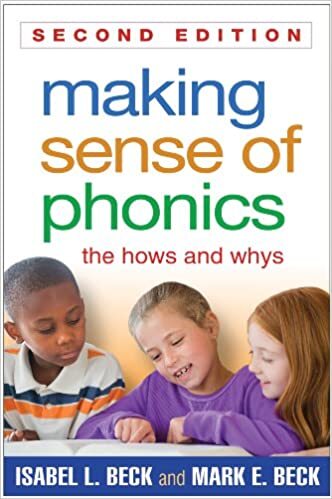
Making Sense of Phonics
Isabel L. Beck & Mark E. Beck
I say this a lot, but this book really is a must-read (and must-own!). From the back cover: “This bestselling book provides indispensable tools and strategies for explicit, systematic phonics instruction in K-3. This volume is packed with engaging activities, many specific examples, and research-based explanations.”
It’s been a few years since I read it; paging through it makes me eager to read it again!
Anna’s overall rating
Easy to read
Easy to apply
Sally Shaywitz, M.D.
This is considered THE book on dyslexia, and it should be studied by anyone who wants to become an expert in this area. Be prepared: the book is fat and extremely comprehensive. The authors cover everything – from screening for dyslexia and possibly getting a diagnosis, to how to help people with dyslexia succeed in college and beyond.
I find the book most helpful in understanding dyslexia; while it does include several chapters about teaching readers with dyslexia, I didn’t find that section particularly useful.
Anna’s overall rating
Easy to read
Easy to apply
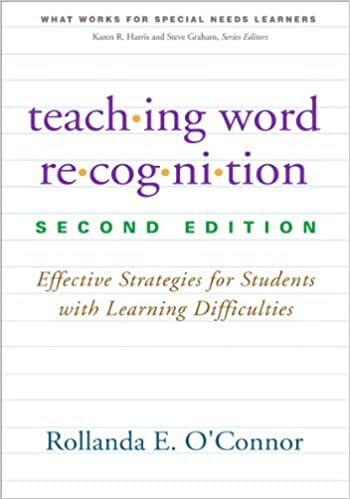
Teaching Word Recognition
Rollanda E. O’Connor
If you teach struggling readers, this book is a MUST-READ. The layout isn’t particuarly eye-catching, but once you get started you won’t be able to put it down. O’Connor’s book includes brilliant strategies for helping kids remember letters of the alphabet, learn to decode, and sound out multi-syllable words. It’s another one I want to take the time to re-read.
A treasure for sure!
Anna’s overall rating
Easy to read
Easy to apply
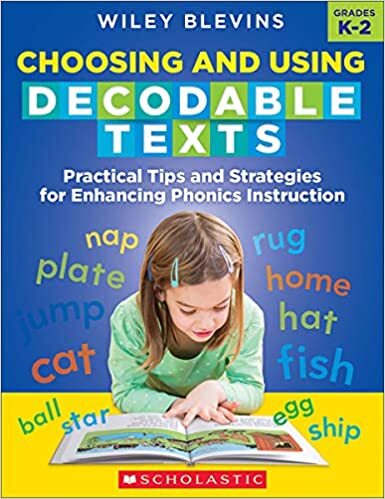
Choosing and Using Decodable Texts
Wiley Blevins
If you’re making the switch from leveled to decodable books (or just want to do a better job of teaching with decodables), THIS is the book you need. In his trademark style, Blevins presents useful information in a conversational format with lots of helpful examples so you’re immediately ready to apply what you learned. Learn how to choose decodable books and how to develop before, during and after routines to make the most of them.
Anna’s overall rating
Easy to read
Easy to apply
The post Recommended Science of Reading books appeared first on The Measured Mom.
Anna Geiger's Blog
- Anna Geiger's profile
- 1 follower



